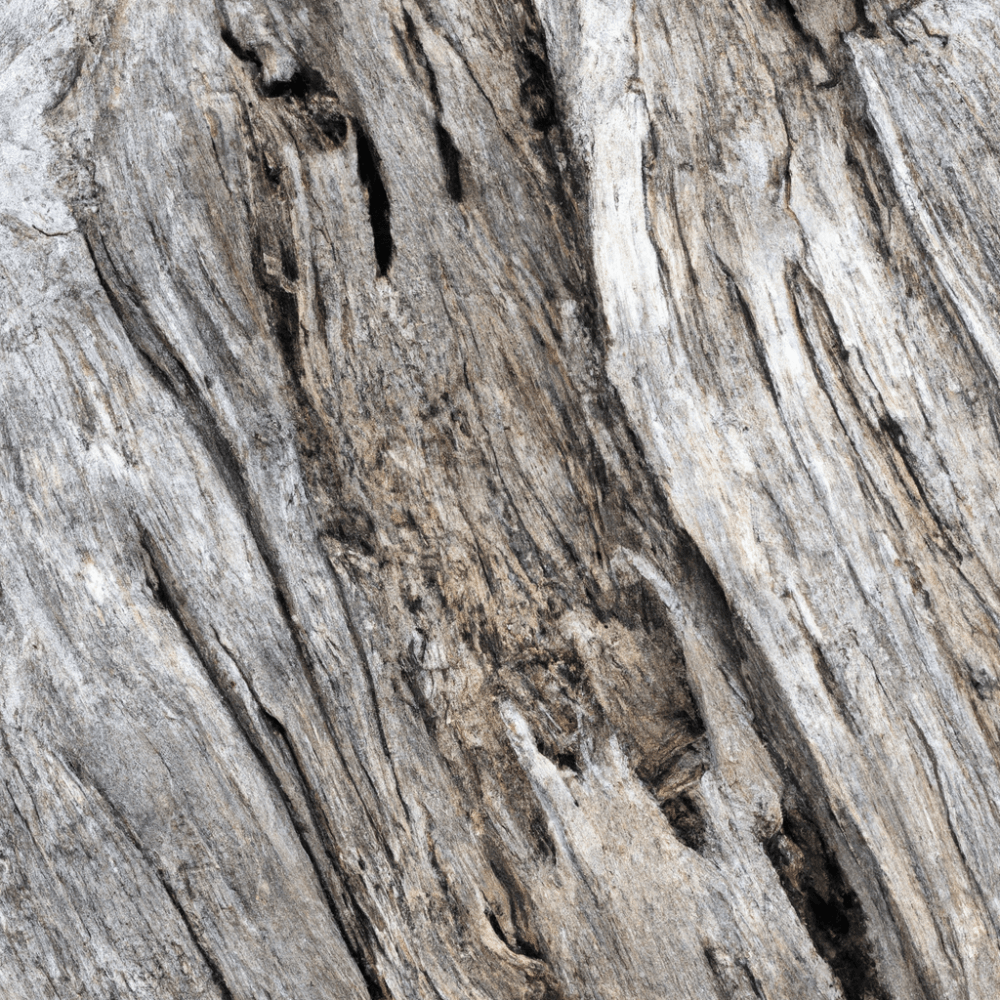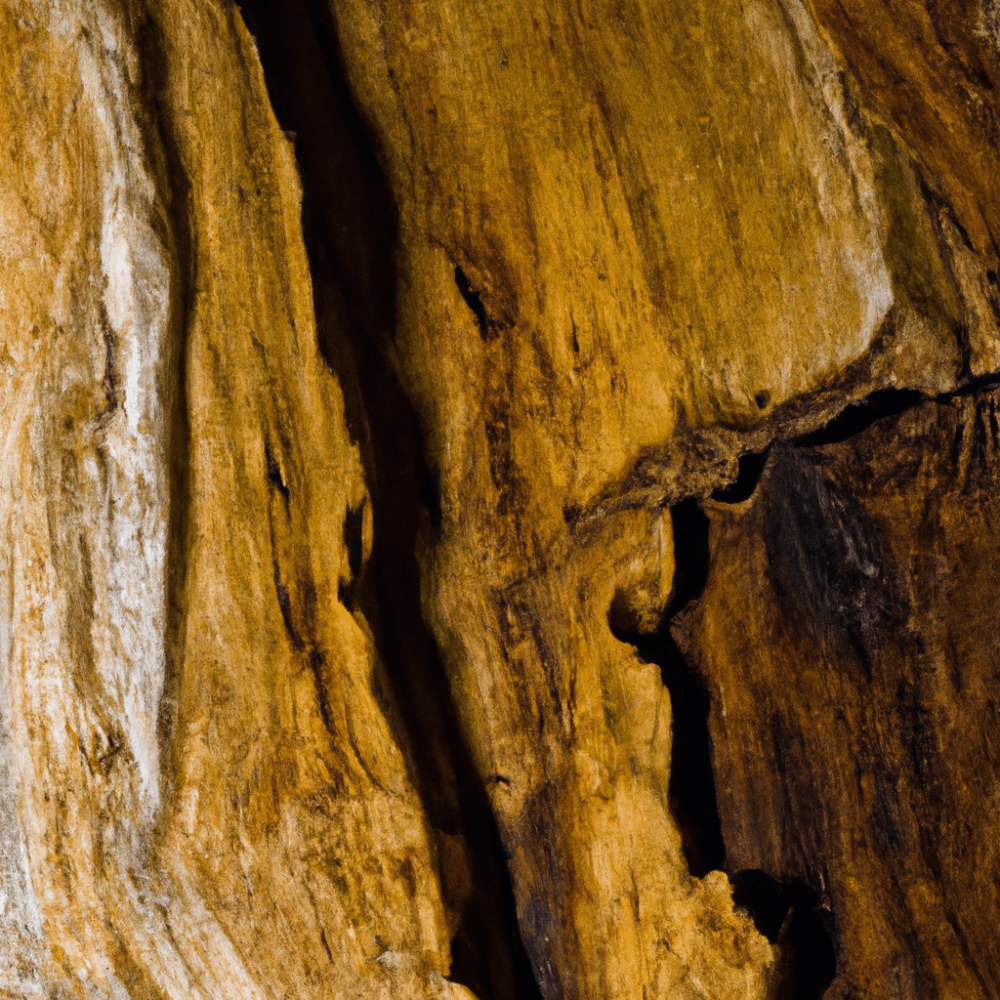Imagine walking along a picturesque beach, the soft sand beneath your feet and the gentle crash of waves in the background. As you explore your surroundings, you come across a piece of driftwood, weathered by time and the elements. The question arises in your mind – does driftwood have woodworm? In this article, we will explore the answer to this intriguing query and uncover the secrets behind the fascinating world of driftwood and wood-boring insects.
Does Driftwood Have Woodworm?
Driftwood, with its weathered and unique appearance, is a popular choice for decorating homes and gardens. However, before bringing this natural treasure into your space, it is essential to understand the potential risks it may carry. One common concern among driftwood enthusiasts is the presence of woodworm. In this article, we will explore the concept of woodworm, how to identify it in driftwood, its life cycle, and preventive measures to avoid its infestation. Additionally, we will discuss the treatment options available if woodworm is found in your beloved driftwood.

Understanding Driftwood
Driftwood refers to pieces of wood that have been washed up onto shores or riverbanks by the tides or currents of bodies of water. It is often characterized by its smooth texture, rugged appearance, and unique shapes, which have been meticulously sculpted by the elements over time. Due to its appealing aesthetics and connection to nature, many people choose to incorporate driftwood into their home decor, artwork, or even aquariums.
What is Woodworm?
Woodworm is not a species of worm but rather a collective term for the larvae of wood-boring beetles. These tiny larvae burrow into wood, creating intricate tunnel systems as they feed and grow. The most common wood-boring beetles responsible for woodworm infestations are the furniture beetle (Anobium punctatum), the common house longhorn beetle (Hylotrupes bajulus), and the deathwatch beetle (Xestobium rufovillosum).
Identifying Woodworm in Driftwood
Identifying woodworm infestations in driftwood can be challenging, as the larvae are often concealed within the wood. However, there are several signs to watch out for. Small, round exit holes on the surface of the wood, resembling tiny tunnels, are a common indication of woodworm activity. These holes are used by mature beetles to exit the wood after completing their life cycle. In addition to exit holes, the presence of fine, powdery dust, known as frass, around the holes may suggest an active infestation.
Life Cycle of Woodworm
Understanding the life cycle of woodworm is crucial in effectively managing and preventing infestations. The life cycle consists of four stages: egg, larvae, pupae, and adult beetle. Adult female beetles lay their eggs in crevices and cracks in the wood, ensuring favorable conditions for their offspring. Once the eggs hatch, the larvae emerge and begin tunneling through the wood, feeding on the cellulose-rich interior. As they grow, they molt several times, shedding their outer skins. Eventually, the larvae pupate within the wood, and after a period of time, adult beetles emerge from the pupae and leave the wood through exit holes to find mates and continue the cycle.

Prevalence of Woodworm in Driftwood
The prevalence of woodworm in driftwood can vary depending on various factors. While driftwood that has been submerged in water for an extended period may have a lower risk of infestation, the presence of larvae cannot be ruled out entirely. Additionally, driftwood that has been exposed to the elements for an extended period, particularly in damp and humid environments, may provide an ideal environment for wood-boring beetles to thrive. Therefore, it is important to exercise caution and inspect driftwood carefully before bringing it into your home.
Factors Affecting Woodworm Infestation in Driftwood
Several factors can influence the likelihood of woodworm infestation in driftwood. The type of wood plays a significant role, as certain species are more susceptible to wood-boring beetles than others. Softwoods, such as pine and spruce, are particularly vulnerable, while hardwoods, like oak and mahogany, are generally more resistant. The moisture content of the wood also affects susceptibility, with damp or waterlogged driftwood being more prone to infestation. Furthermore, environmental conditions, such as temperature and humidity, can impact the development and survival of wood-boring beetle larvae.
Signs of Woodworm Infestation in Driftwood
In addition to exit holes and frass mentioned earlier, there are other signs that may indicate a woodworm infestation in driftwood. These include the presence of bore dust around the base of the driftwood, indicating active larvae feeding on the wood. Additionally, weakened or damaged wood, crumbling or powdery surfaces, and the appearance of small tunnels within the wood can all be indicative of woodworm activity. It is important to note that the presence of these signs does not always guarantee a current infestation, as woodworm activity may have occurred in the past.
Preventing Woodworm Infestation in Driftwood
Prevention is crucial when it comes to protecting your driftwood from woodworm infestations. One of the most effective preventive measures is to properly dry and treat the driftwood before use. This can be done by placing the driftwood in a well-ventilated area for several weeks, allowing it to fully dry out. Additionally, applying a wood preservative, specifically designed to repel wood-boring beetles, can provide an extra layer of protection. Regular inspection and maintenance of your driftwood can also help identify any signs of infestation early on, enabling prompt action and minimizing the risk of further damage.
Treating Woodworm Infestation in Driftwood
If you discover an active woodworm infestation in your beloved driftwood, it is important to take immediate action to prevent further damage. One of the most effective methods for treating woodworm infestations is the application of a specialized woodworm treatment, which contains insecticides designed to kill the larvae and prevent their development into adult beetles. It is crucial to carefully follow the product instructions and take appropriate safety measures when using any chemical treatment. In severe cases, professional assistance may be required to ensure thorough treatment and eradication of the infestation.
Finding and Using Driftwood Safely
While the risk of woodworm infestation in driftwood exists, it should not discourage you from enjoying its beauty and uniqueness. By exercising caution, understanding the signs of infestation, and taking preventive measures, you can find and use driftwood safely in your home or garden. Regular inspection and maintenance, along with prompt treatment if an infestation is detected, will help preserve the integrity and aesthetic appeal of your driftwood pieces for years to come. Remember, with careful consideration and proper care, driftwood can continue to bring the beauty of nature into your living space without the worry of woodworm.



